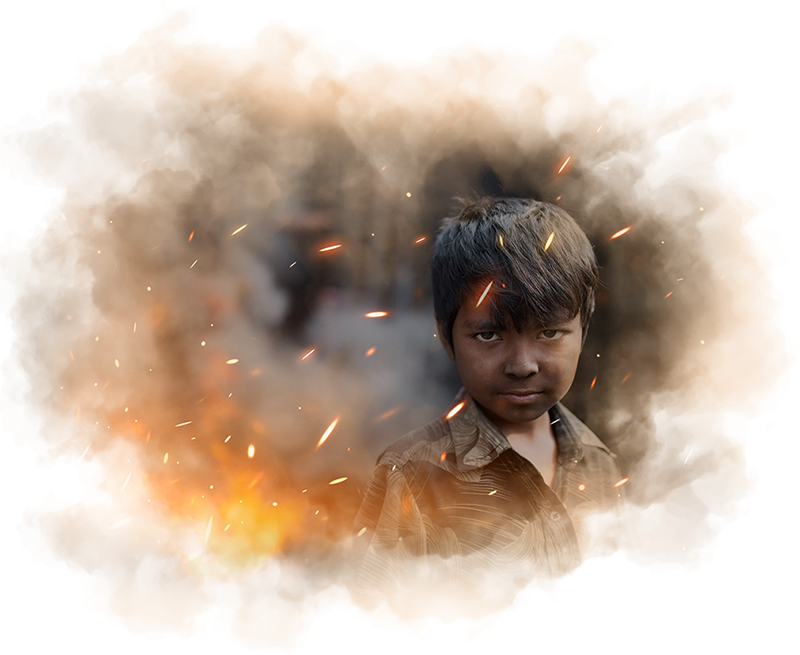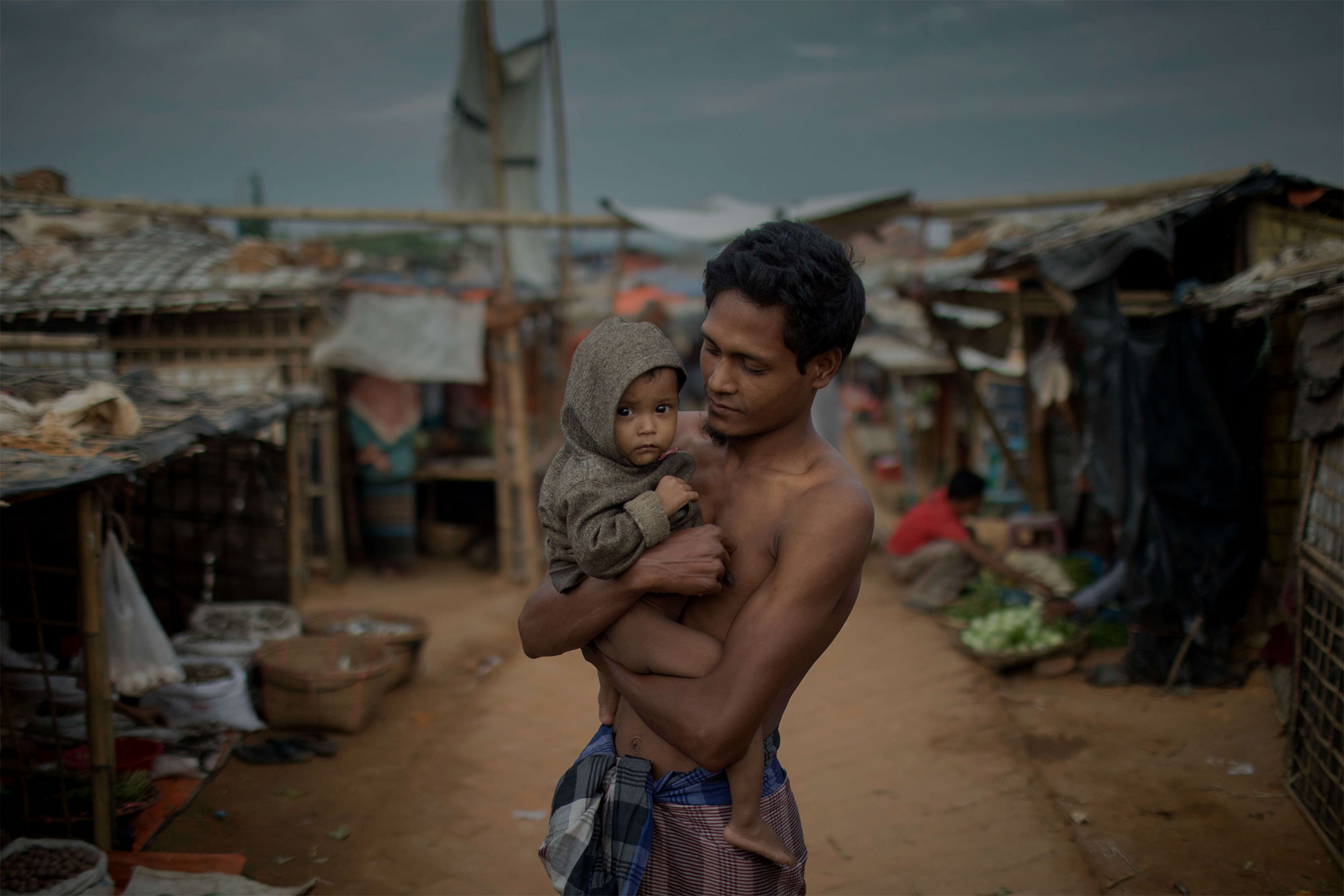
Refugee Crisis
No Place to Call Home
Today, children make up over half of the world's refugees.
Thousands of people migrate each year, some by choice, but many by force.
Migration is becoming an overwhelming problem as many countries do not have the foundations to support the increasing number of people fleeing their homes.
Today there are approximately 65.6 million refugees and internally displaced people worldwide. This number is increasing rapidly and by 2050 it is estimated that 10 percent of the world’s population will have moved from their place of birth, either by will or by force.
Many of these people are moving for their own safety. They are moving to get away from war, violent conflicts and social injustices, or to escape natural disasters.
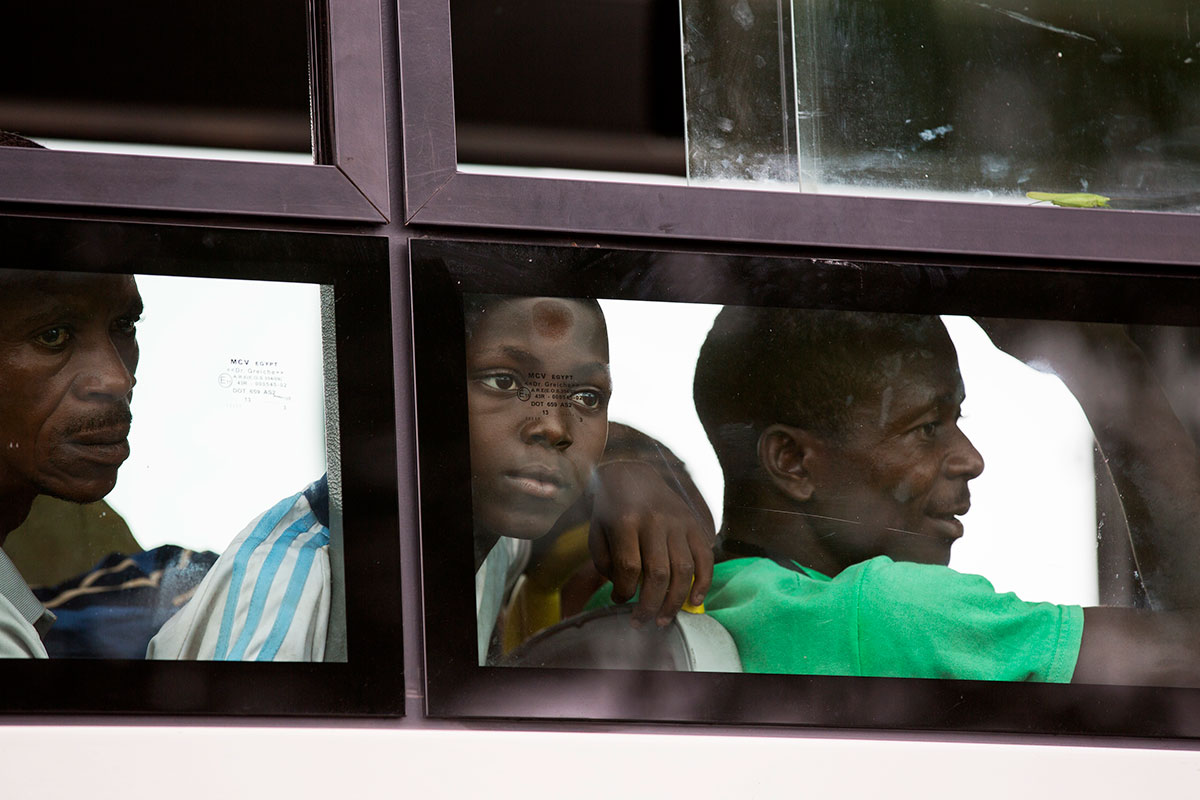
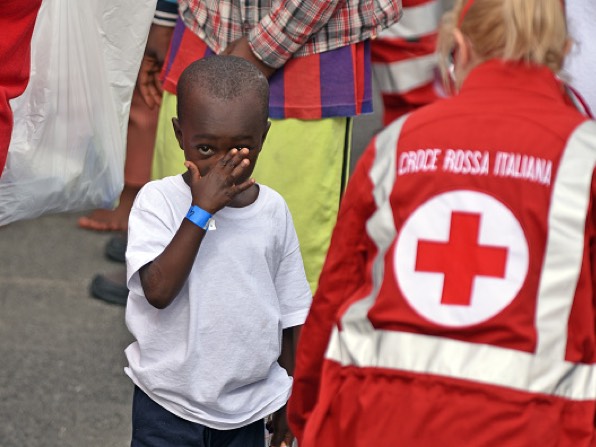
They leave in the hope they can make a better life for them and their families elsewhere. But as more families flee, there is becoming an extraordinarily high presence of children in migration.
In the process of migration, these children typically lose opportunities of economic, social and personal development on top of the other barriers migrants face.
Most migrants suffer from hunger, sleep deprivation, anxiety and desperation. This exhausting journey to a new home leaves refugees weak and more vulnerable to exploitation.
Once in their new country, they then battle prejudice and discrimination, as well as having poor access to housing, healthcare and education. Lack of recognized proof of their identity makes it even more difficult for them to gain residency in safer countries, adjust to living in a new place, and get access to basic services.
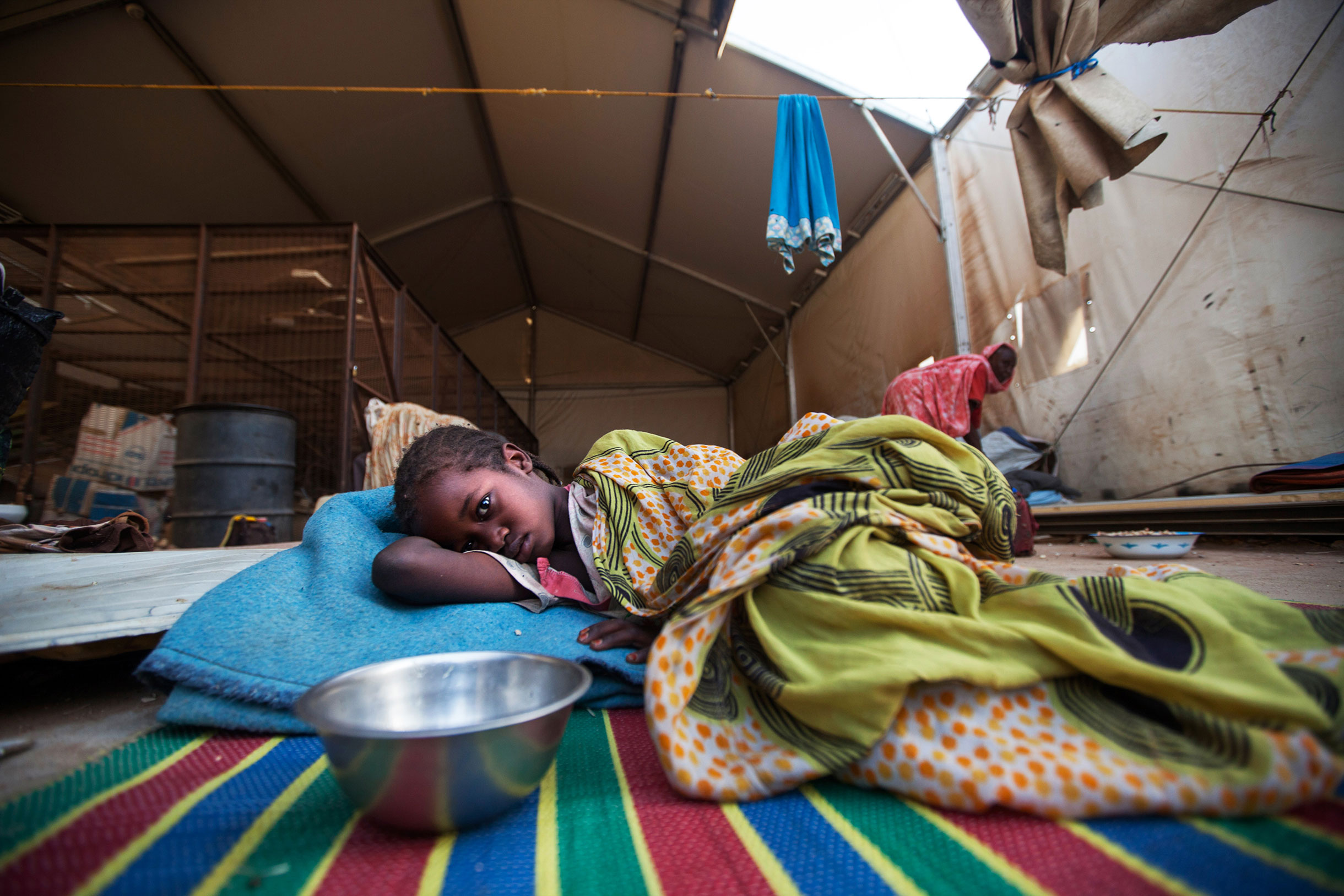
Tey's Story
Tey was born in Kuwait in 1990, at the height of the Gulf War, before moving to his homeland of Syria. During the war, the country's civil registries, along with Tey’s birth certificate and other ID documents, were destroyed.
As an adult, Tey aspired for a better life than what he believed he would get in Syria. He decided to move to the Netherlands after receiving a job offer from a company there. While living in the Netherlands, Tey became attached to his adopted country, getting himself an apartment, friends, and a dog.
So when his contract expired 5 years later, Tey knew he wanted to continue his life there, rather than move back to Syria. His only chance of staying in the Netherlands was to apply for asylum, but the destruction of his identification records back in his childhood meant that he had no way to prove who he was. Suddenly, Tey became the “invisible man”.
Tey spent nearly 2 years in a refugee camp trying to verify his identity. With the help of some refugees with software developing skills, he created a mechanism to verify the identities of everyone in the camp. He’s now supporting the Self-Sovereign Identity movement, so there’s a chance that no one is considered “invisible” again.
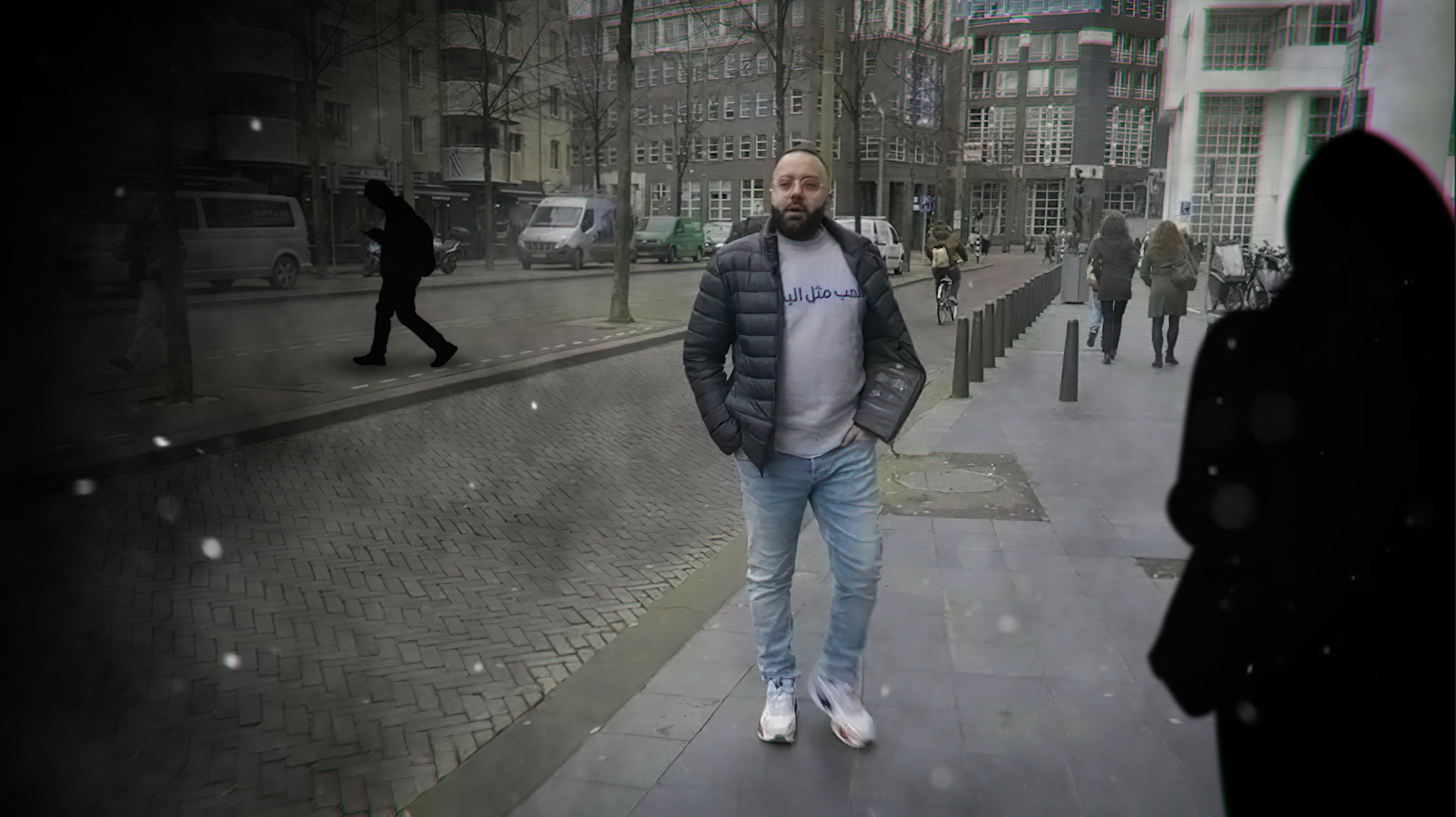
Carmen's Story
Carmen, a woman from Central America, arrived at the U.S.-Mexican border after a month-long journey fraught with danger and hardship. She was forced to flee her home due to violent conflicts and wars in her country, but her journey to reach the border with the U.S. was no less perilous. The trip took over an entire month. The most challenging part was a five-day trek through the desert, a segment of the journey she initially thought they might not survive. The desert was merciless, with extreme conditions that tested their limits.
During these five days, the physical toll of the journey became evident. The shoes Carmen and her child wore began to fall apart, unable to withstand the harsh terrain of the desert. Similarly, their clothes started to tear and disintegrate. Beyond the physical strain, the journey was fraught with danger. Carmen expressed the constant fear of not knowing whether they would live or die, each step in the desert a gamble between life and death.
Upon reaching the U.S. border, Carmen's undocumented status left her in a state of limbo. She had to rely on human traffickers to enter the country illegally. This was extremely dangerous and Carmen is hoping to gain legal authorization to stay on the territory of the U.S.
Carmen's story sheds light on the challenges faced by millions of migrants and asylum seekers, emphasizing the critical role of identity documentation in their pursuit of safety and a better life. It raises questions about the complexities of immigration policies and the vulnerabilities of those who seek refuge.
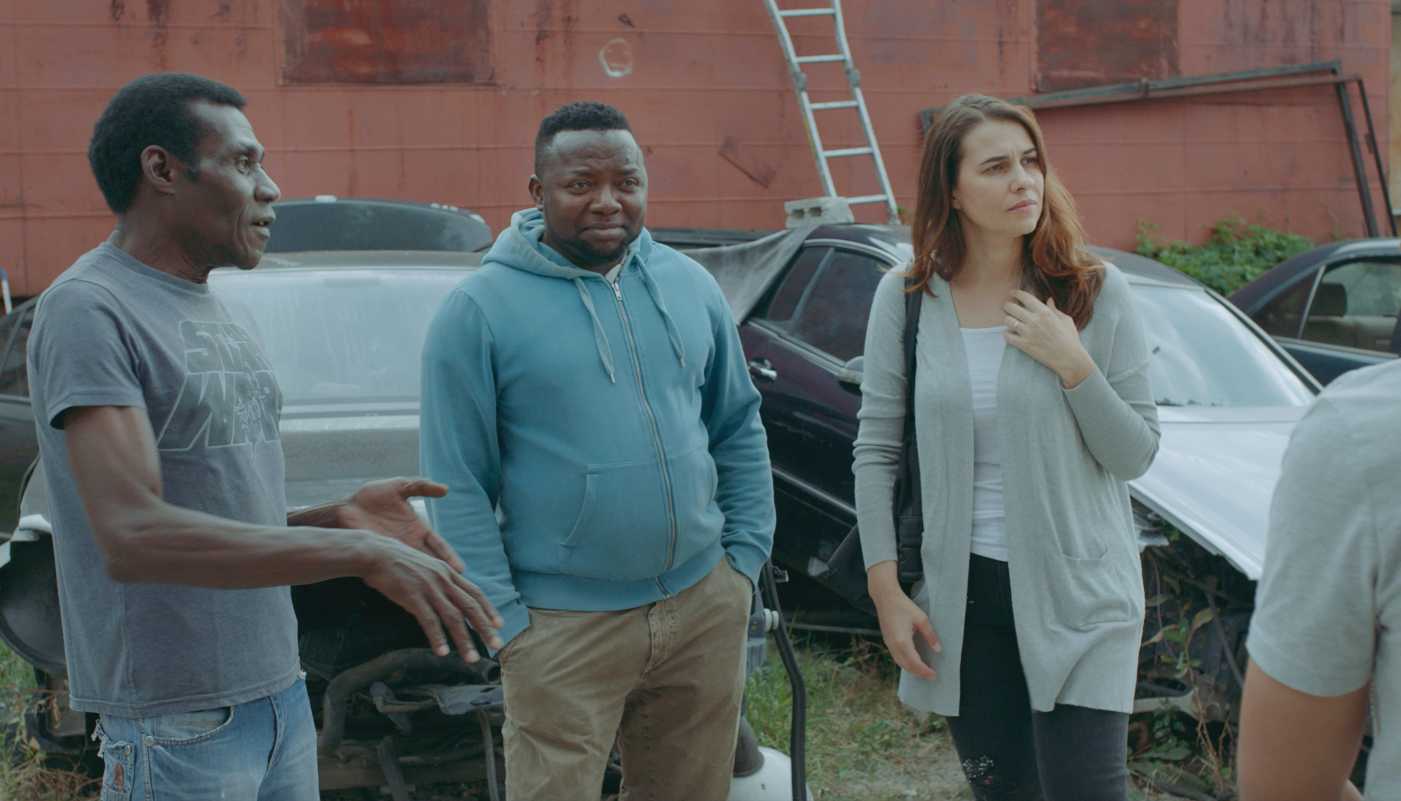
"What is at stake is nothing less than the survival and well-being of a generation of innocents." - Antonio Guterres, United Nations Secretary-General
Get Updates About The Movie
-
Previous Story
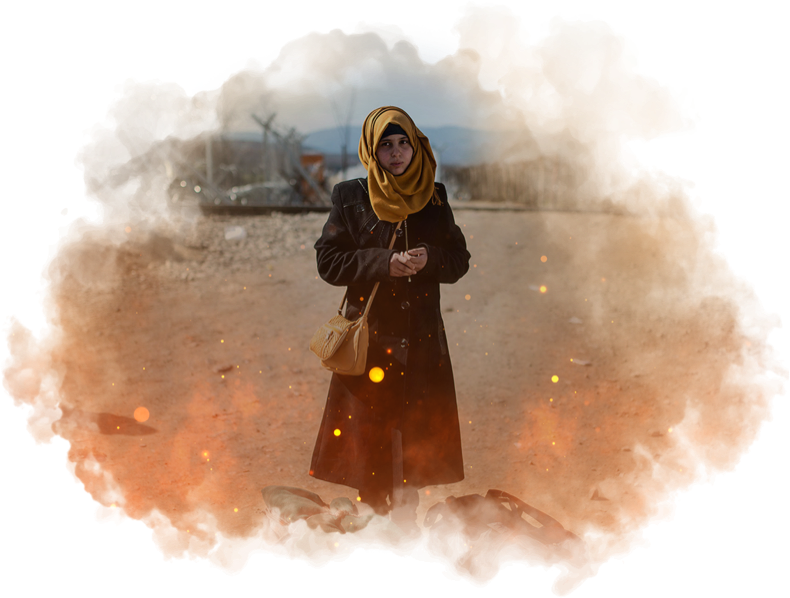
-
Next Story
